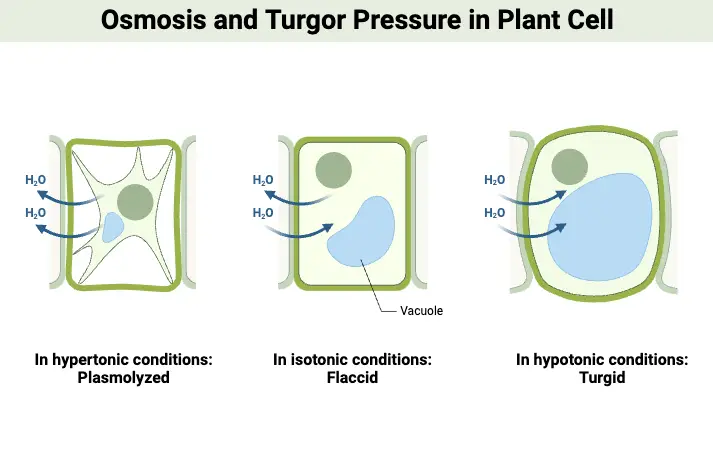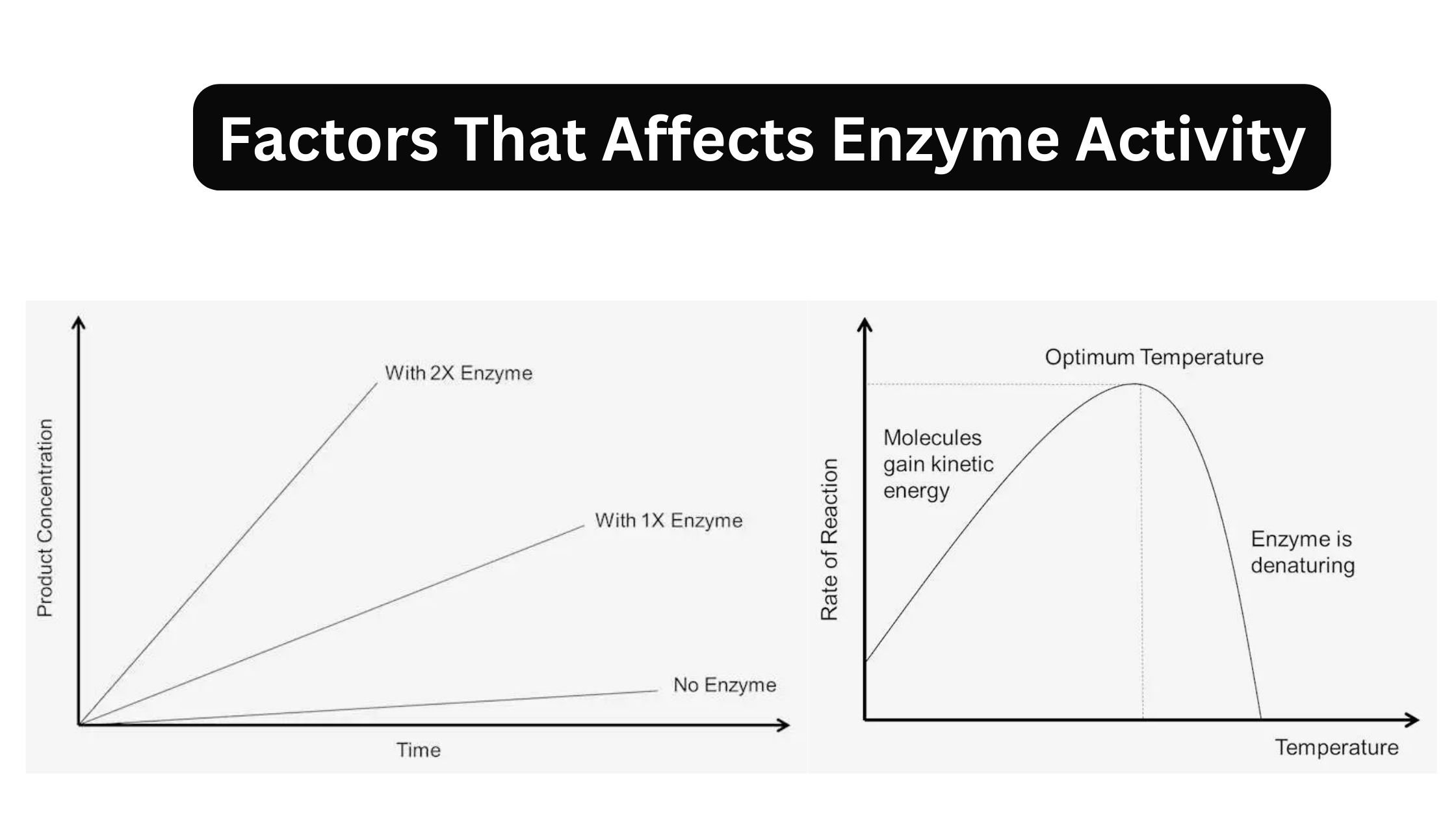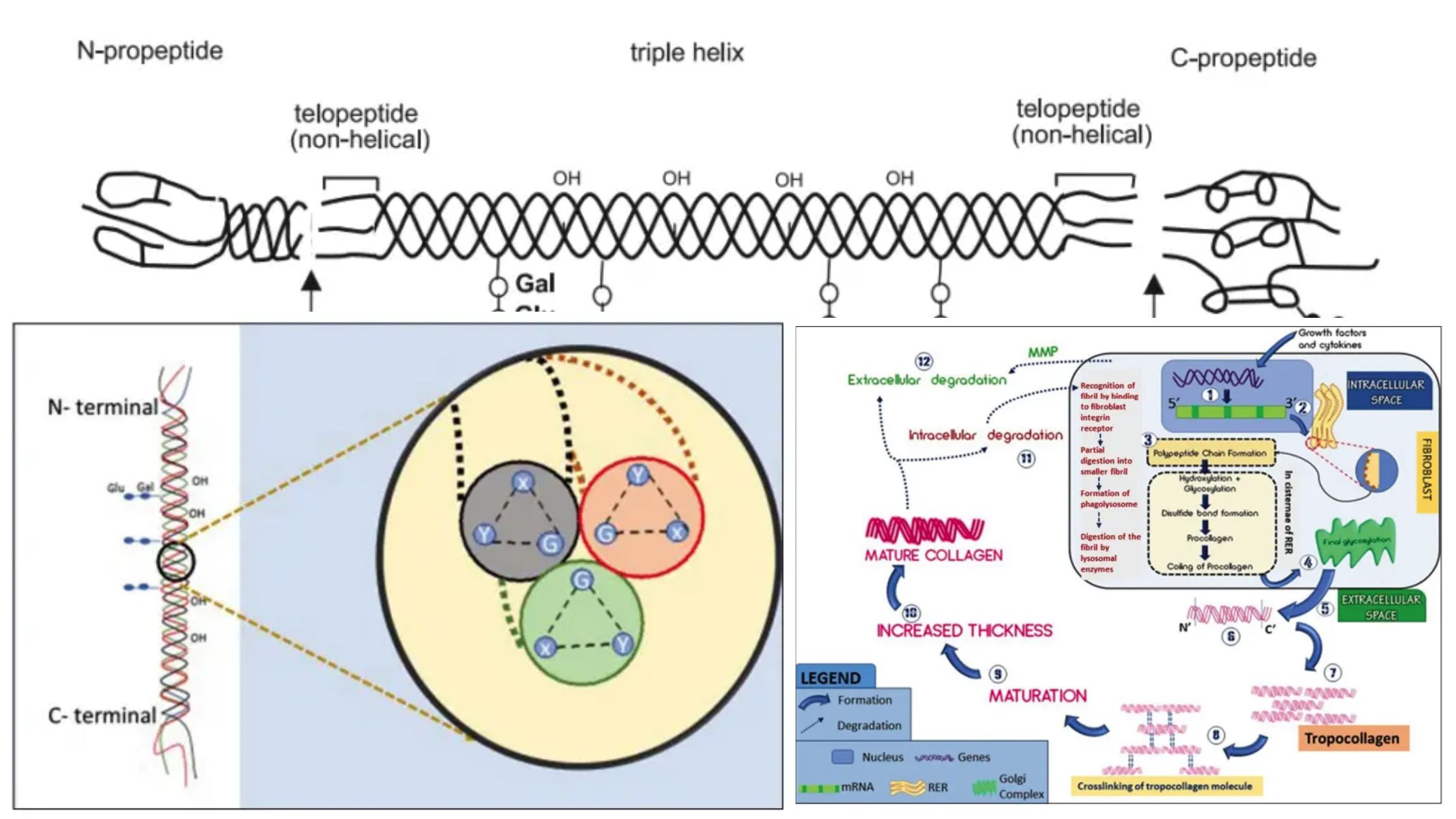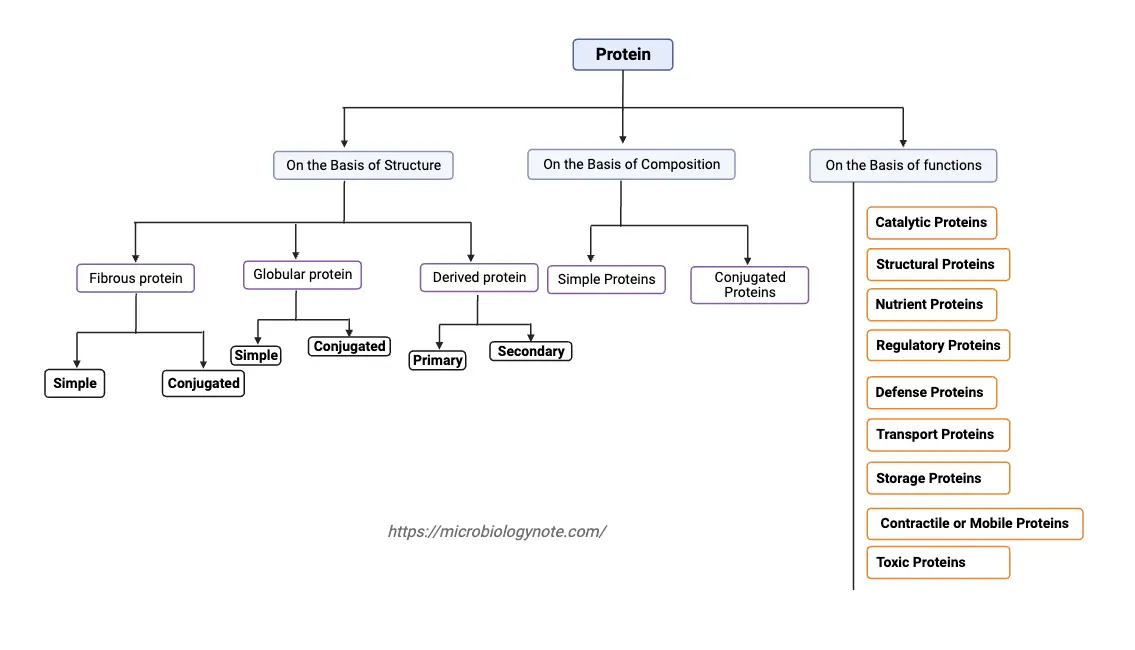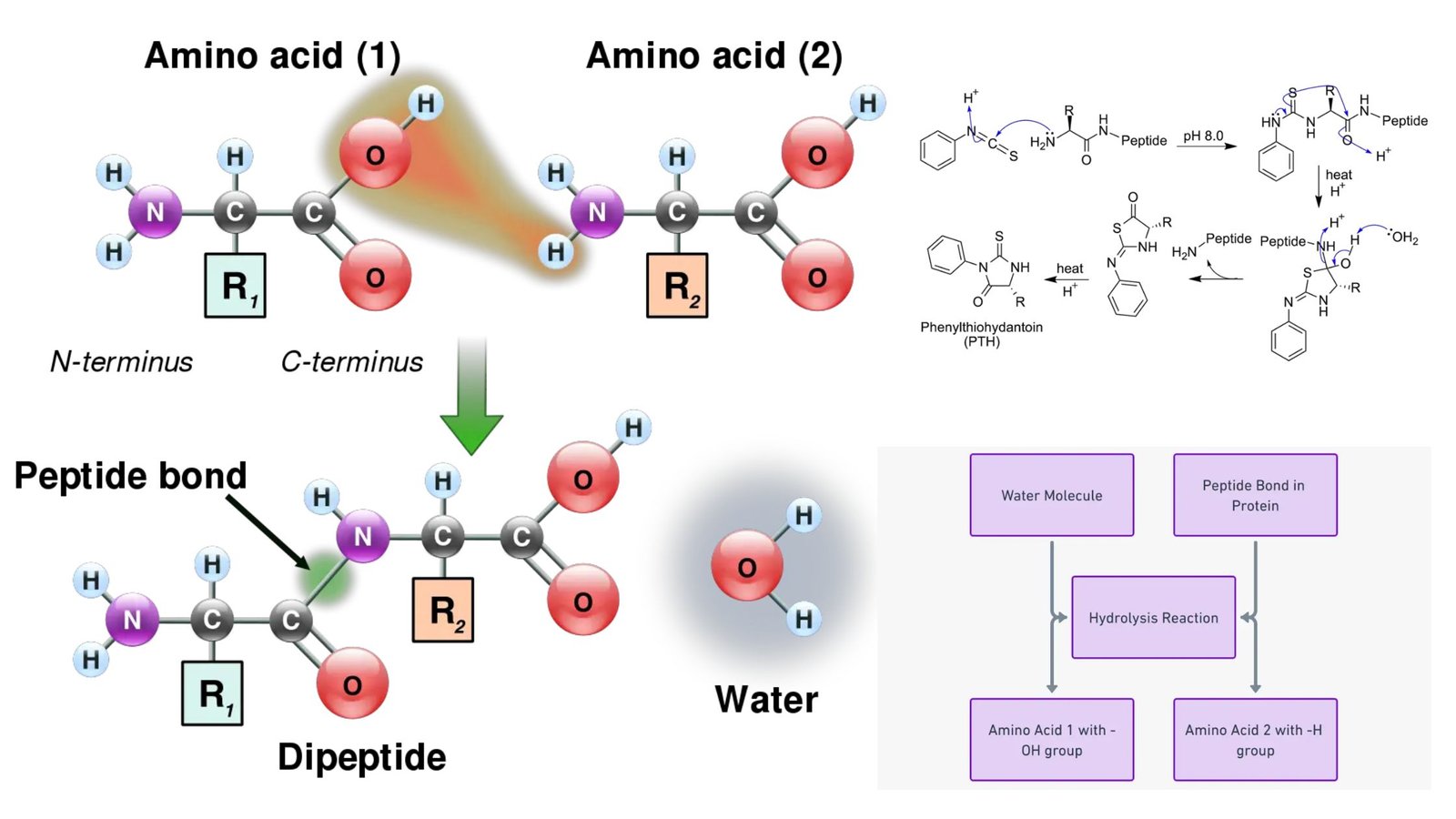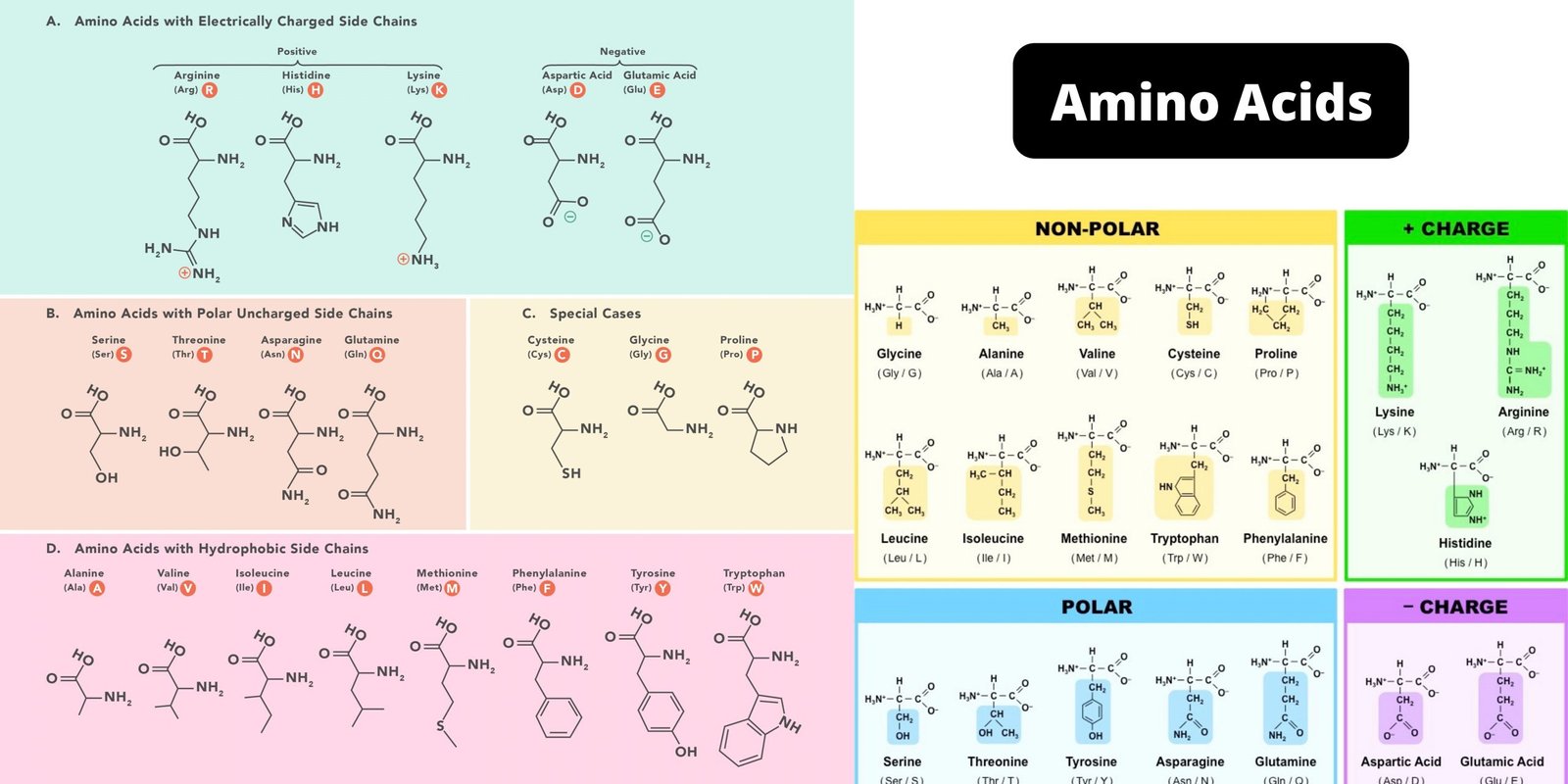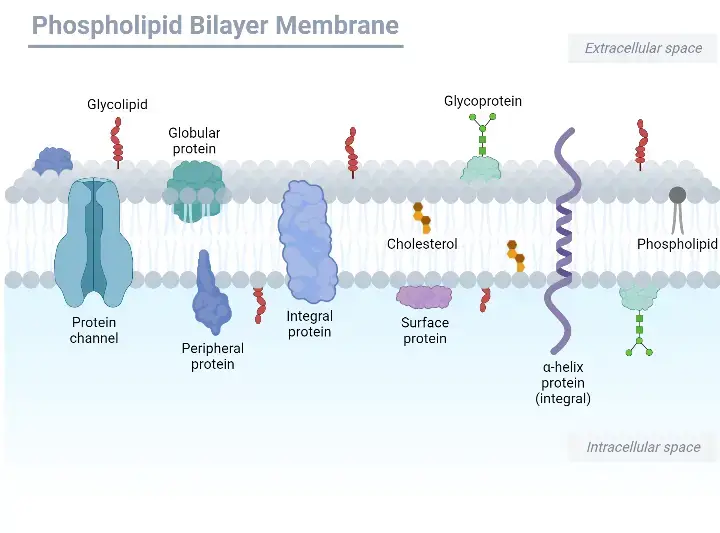Human Immunodeficiency Virus (HIV) – Overview
What is Human Immunodeficiency Virus (HIV)? Classification of HIV Human Immunodeficiency Virus (HIV) is classified into two primary types: HIV-1 and HIV-2. Both types belong to the Retroviridae family, specifically under the genus Lentivirus. These viruses exhibit significant diversity, which is crucial for understanding their epidemiology, transmission dynamics, and treatment options. Morphology of HIV Virus … Read more


